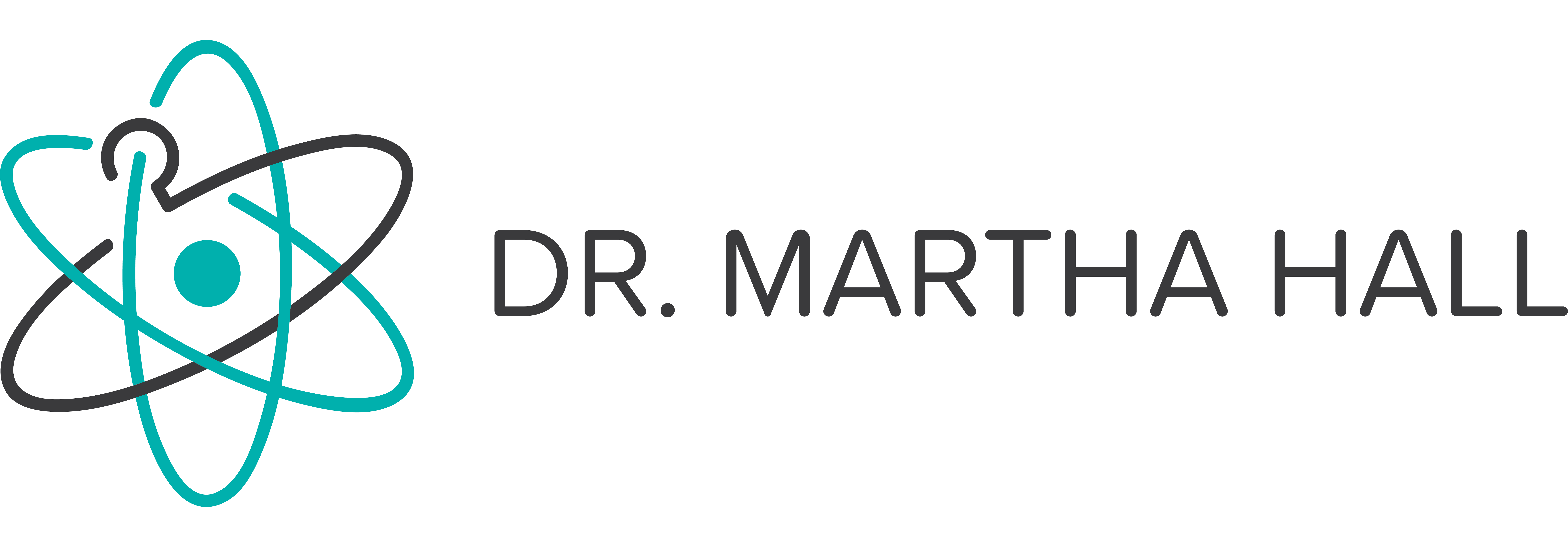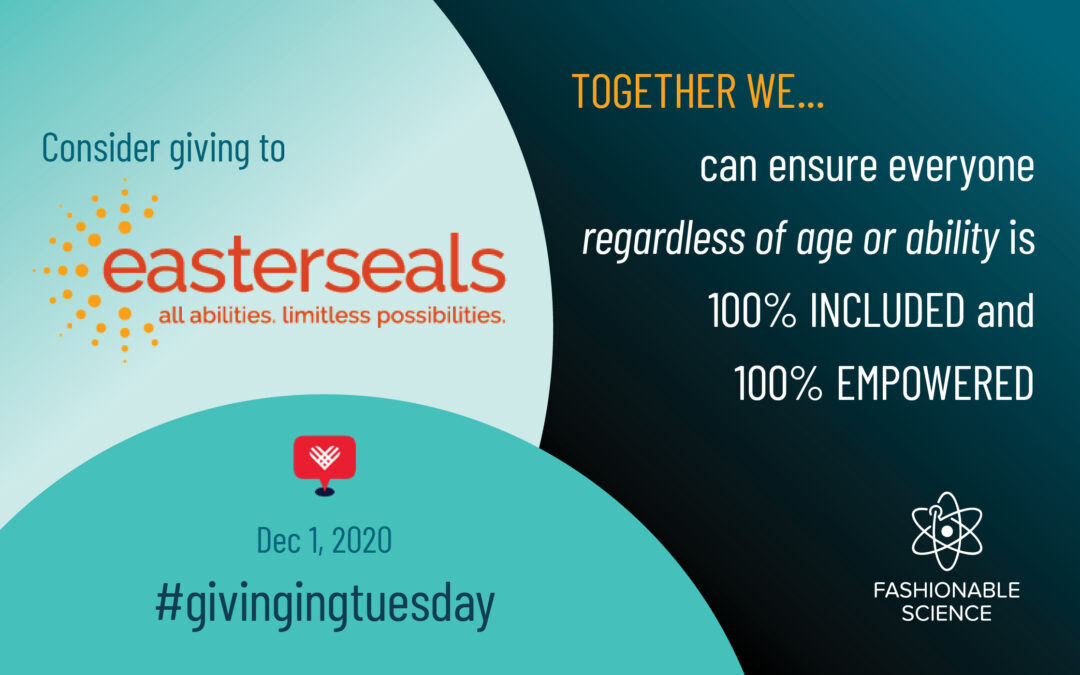What is GivingTuesday?
GivingTuesday is a global generosity movement that empowers people and organizations to give back. It started 8 years ago in 2012 as a day shortly after Black Friday that is an opportunity for people to be philanthropic. It has grown to inspire hundreds of millions of people to donate, collaborate, and celebrate generosity.
Picking a Charity
For me, selecting an organization for GivingTuesday was really challenging because there are so many wonderful non-profits, charities, and other great institutions to choose from. I gave it a lot of thought and the one that speaks to me and really resonates for their depth of service, breadth of approach, and affirmative vision for people with disabilities, is Easterseals.
I’d like to give you a little background information about Easterseals and why I like them and their mission so much, but if you are already familiar with their work, wanted to give, and just need that little extra push, click here to donate!
How I Learned About Easterseals
I’d heard of Easterseals my whole life, but I really hadn’t known a lot about what they do, their goals, and their ideology. I first encountered them in my current position as the Director of Innovation of Health Sciences at the University of Delaware; I went to several fundraisers. That is where I received a real Easterseals education. I knew that they had adult day programming and camps. The fundraisers that I attended were for specific areas of EasterSeals. They focused on personal stories of hope, inspiration, and the impact Easterseals has on families of individuals with different disabilities. These fundraisers show how important Easterseals are for their quality of life, wellbeing, and social engagement to be a part of these programs.
It wasn’t until I did some digging and learned much more about what Easterseals is all about that I was inspired to become more involved and highlight their work through Fashionable Science. I hadn’t realized that Easterseals has been around for such a long time. They started in 1919, just celebrating their hundredth anniversary. Incredible!
The Easterseals Story
Easterseals arose from a tragedy in 1907, when telecommunications entrepreneur, Edgar Allen, lost his son in a streetcar accident. His death could have been prevented if there were adequate emergency services in his remote Ohio town of Elyria. As a result, Allen sold his telephone pole business and devoted himself to opening Elyria Memorial Hospital in 1908.
At the hospital, Allen learned about the plight children with disabilities face. He realized he had been unaware because they were hidden from the public. In 1919, Allen founded the “National Society for Crippled Children.” There had never been an organization like this before!
The first “seals” campaign was in the spring of 1934. Donors showed their support to the organization by placing the seal on their envelopes and letters. The seal awareness campaign led to global expansion, and so in 1967 their name changed to “Easterseals.”
Who Easterseals Works With
What was so exciting for me, with going to their website and learning more about them, is they have this really positive, affirmative, and inclusive message for children and adults with disabilities.
Disabilities can be cognitive. They can be physical. There’s definitely a focus on individuals who have co-morbidities. People with co-diagnoses have severe challenges, and it’s just amazing the different things Easterseals offers.

How Easterseals Helps People with Special Needs
Easterseals has programming based on their five pillars: Live, Learn, Work, Play, and Act. I just want to take a minute to highlight each of those different areas because, to me, having millions and millions of people supported and have these resources through their network- which is national – is very admirable and inspirational.
Live
Live is programming that can help individuals with their daily activities. The participants are supported in their daily quality of life by providing them assistance in their tasks and independence. They have different programs in this area, and that could be things related to rehab, day programs for adults, and physical health-related services, to mental health. There is also support related to facilitating housing opportunities for individuals and having support at home care.
Learn
Their Learn pillar is focused on teaching others the different methodologies that will help people with disabilities learn and engage. So, having services concentrate on babies and infants as they are in their early development, looking at ways of offering childcare and services for kids as they age. And then assistive technology to help individuals, again, and engage and participate fully.
Work
One of my favorite pillars is their Work pillar because it’s something we don’t often think about. It is vital for individuals with disabilities to have the opportunity to work. To that end, Easterseals has different programming where people with special needs help veterans and military families. These programs also focus on workplace training and opportunities.
Play
The Play pillar is something I knew about before my research. These programs include different events and programs that offer fun and social activities for families and caregivers. It is so important that people who help those with special needs also take time for themselves!
Act
The Act pillar is about looking at the community to support Easterseals programming. Encouraging people to learn what Easterseals does for the community, helping others learn more about them, and hopefully engage with Easterseals through their time, talents, or financially.
The Right Time to Give
Easterseals is an organization that is just so incredible and amazing in its diversity of the services they provide. It aligns with my values and work because it’s really focused on community engagement. There tends to be such a focus on rehab for individuals in this population. But, there is so much more to a fulfilling, engaging, and high quality of life; things like playtime, social engagement, and work opportunities. All of their pillars are far-reaching and look holistically at the person. It is quite different from the archaic perspective that a person with special needs simply has an issue that needs to be fixed or a body that needs to be healed. Easterseals looks at the whole person.
This GivingTuesday, I urge you to consider supporting Easterseals in their fantastic work (you can donate here) and you can read more about them website at www.easterseals.com. It’s a really amazing non-profit.

